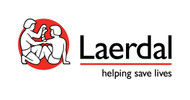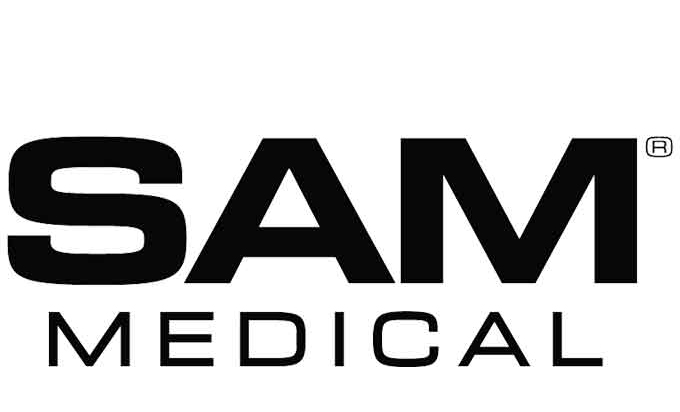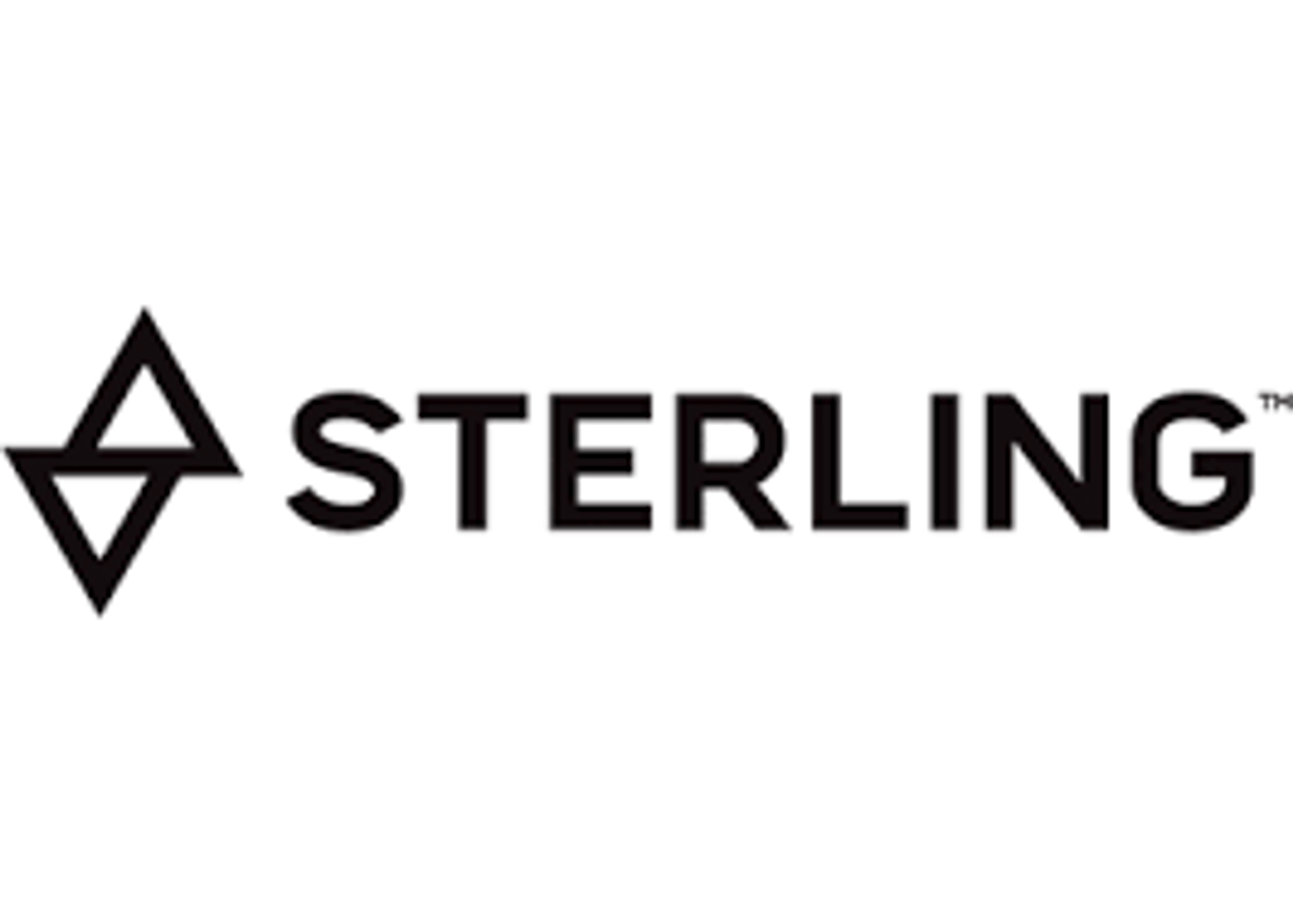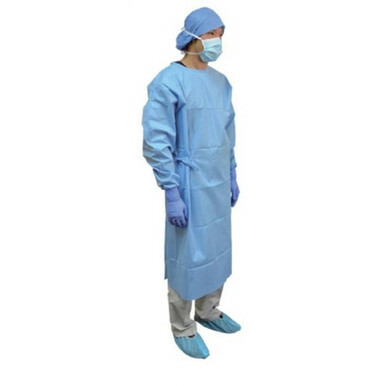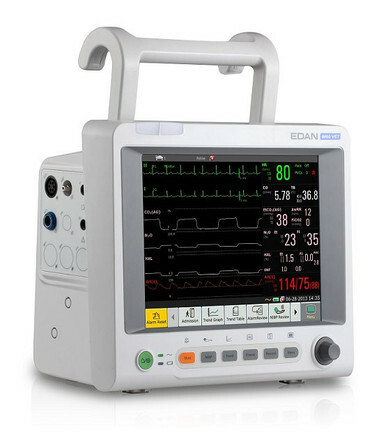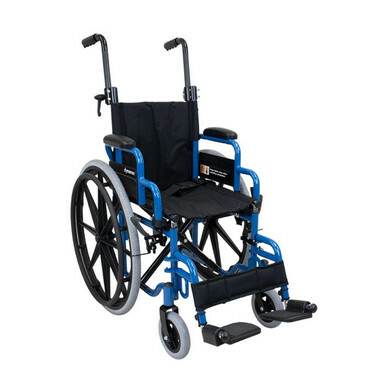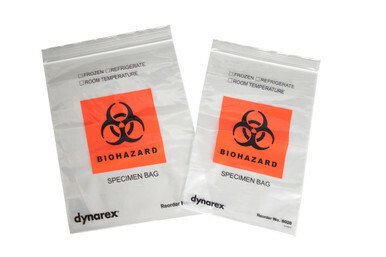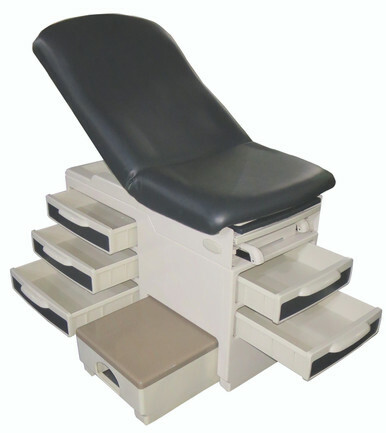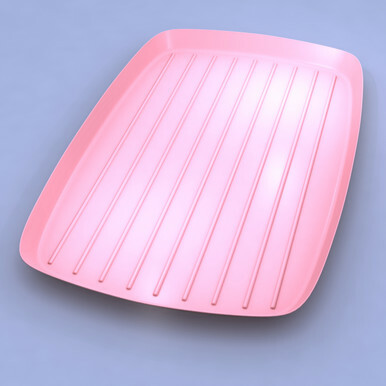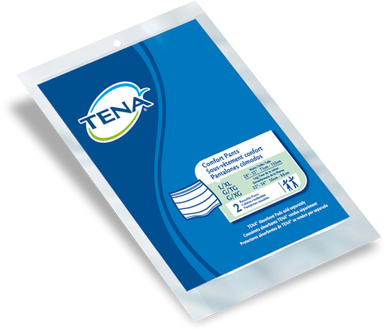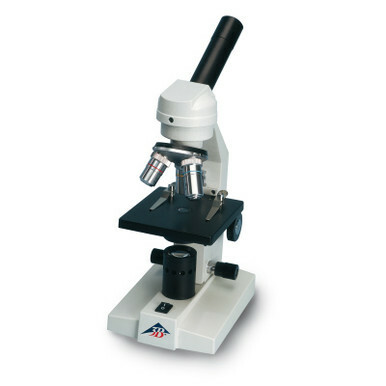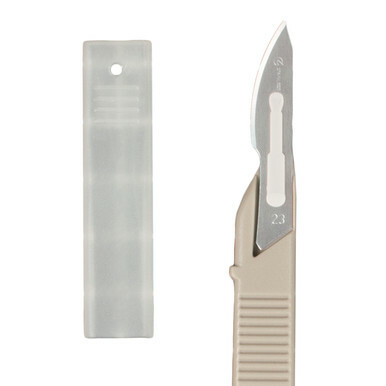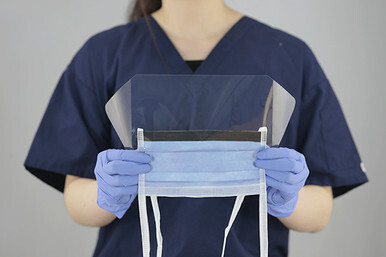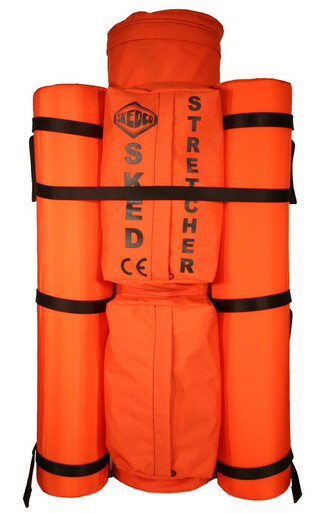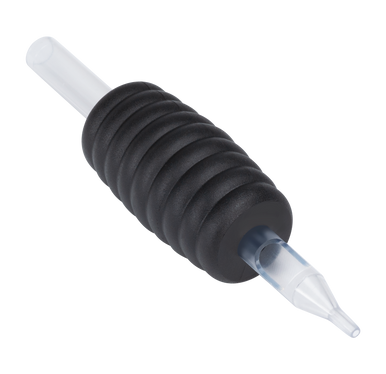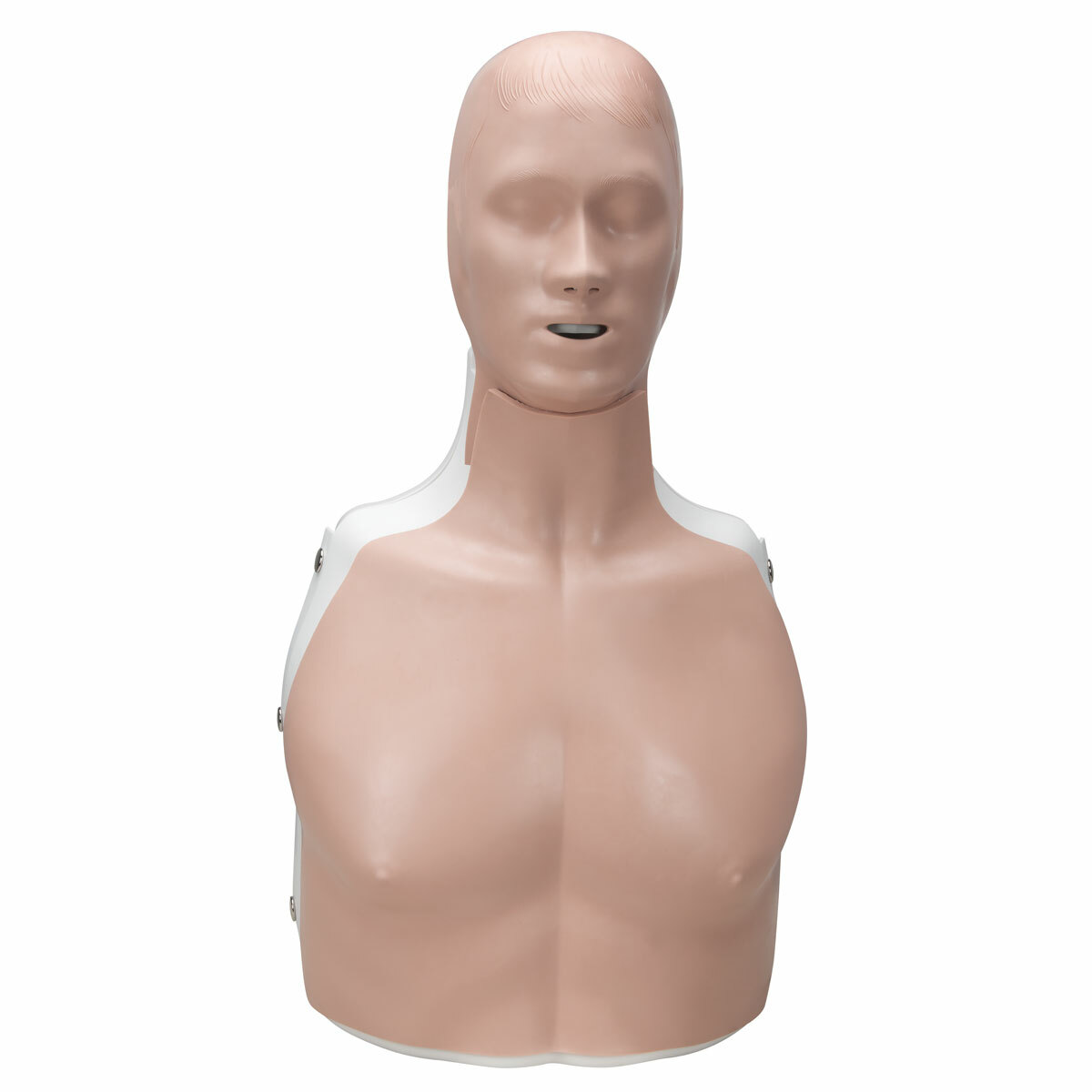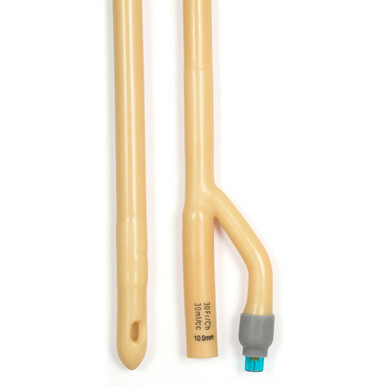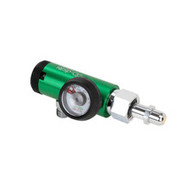Breathing Easy: A Comprehensive Guide to Oxygen Regulators
Posted by EMRN on 26th Sep 2023
In the world of medical supplies, few pieces of equipment are as crucial and life-saving as oxygen regulators. These devices play a pivotal role in controlling the flow of oxygen to patients who rely on it for their well-being. In this blog post, we will explore the significance of oxygen regulators in the healthcare industry, their functionality, and why choosing the right one matters.
Understanding Oxygen Regulators:
Oxygen regulators are devices that control and regulate the flow of oxygen from a high-pressure oxygen source, such as a cylinder or tank, to a patient's breathing apparatus. They ensure that patients receive the appropriate amount of oxygen required for their medical condition.
The Importance of Oxygen Regulation:
- Precise Oxygen Delivery: Oxygen regulators enable healthcare professionals to deliver the correct oxygen concentration to patients, which is vital for various medical treatments and conditions.
- Respiratory Support: Oxygen therapy is commonly used to support patients with respiratory illnesses, including chronic obstructive pulmonary disease (COPD), pneumonia, and asthma, as well as during surgical procedures and post-operative care.
- Emergency Situations: Oxygen regulators are indispensable in emergency and critical care settings, where rapid and accurate oxygen administration can be a matter of life and death.
Key Components of an Oxygen Regulator:
- Pressure Gauge: The pressure gauge displays the pressure of the oxygen source, allowing healthcare providers to monitor the cylinder's contents.
- Flowmeter: The flowmeter, often equipped with a knob or dial, controls the rate of oxygen flow in liters per minute (LPM).
- Outlet Connection: The outlet connection is where the tubing or mask is attached, delivering oxygen to the patient.
- Safety Features: Many modern oxygen regulators come with safety features, such as pressure relief valves and visual indicators, to ensure safe and accurate oxygen delivery.
Choosing the Right Oxygen Regulator:
Selecting the appropriate oxygen regulator is essential to ensure patient safety and effective therapy. Consider the following factors:
- Patient Needs: Different patients require different oxygen flow rates. Ensure the regulator you choose can deliver the required LPM.
- Portability: Depending on the setting, you may need a portable regulator for ambulatory patients or a wall-mounted unit for clinical settings.
- Durability and Quality: Look for regulators made from high-quality materials and consider the manufacturer's reputation for reliability.
- Safety Features: Check for safety features like pressure relief valves, audible alarms, and easy-to-read gauges.
Conclusion:
Oxygen regulators are the unsung heroes of healthcare, ensuring that patients receive the oxygen they need to breathe and heal. Whether in emergency rooms, ambulances, or home care settings, these devices are indispensable.
At EMRN, we understand the critical role oxygen regulators play in patient care. We offer a range of high-quality oxygen regulators designed to meet the diverse needs of healthcare providers. Explore our selection today to find the right oxygen regulator for your practice, and rest assured that you are providing the best possible care to your patients.



